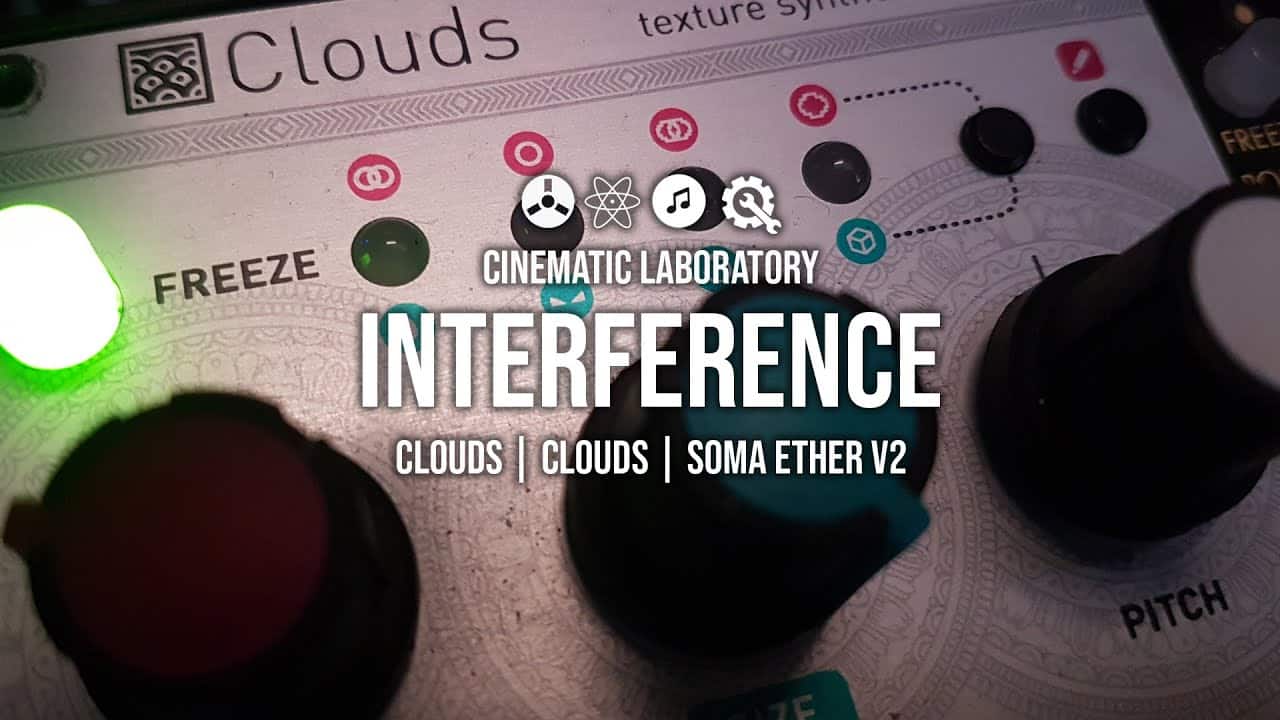PULSAR-23 an Organismic Drum Machine Designed by Vlad Kreimer
Pulsar-23 is a multi-functional analog synthesizer and generator of multiple rhythmic patterns created by Vlad Kreimer. Pulsar extends the line of organismic synthesizers begun by LYRA-8, but now in the area of percussion instruments. It holds a semi-modular structure and consists of 23 autonomous modules. Pulsar-23 can be used for the synthesis of percussion instruments and rhythms, bass and melodic lines, effects, and sound landscapes, as well as a source of control voltage and powerful analog FX processor.

The Pulsar-23 functions in three different modes: stand-alone, MIDI control, and CV control. All features and control modes can work simultaneously in any proportion or combination.

Pulsar-23 allows live circuit bending abilities and the use of the artist’s body conductivity to create patches and cross modulations. PULSAR continues the line of organismic synthesizers begun by LYRA-8, but now in the area of percussion instruments.

The Pulsar-23 consists of 23 different modules, including four flexible sound generators with completely different structures, four envelope generators, four looper-recorders, a clock generator with dividers, a controlled chaos generator, an LFO, a two-channel CV-controlled effects processor, distortion, two controlled amplifiers, an inverter, a controlled inverter, and two controlled analog switches.
In addition to these 23 main units, the Pulsar also contains 13 auxiliary units, such as a four-channel MIDI to CV converter, a noise generator, four attenuators, two dynamic CV generators with sensory control, two impulse converters and single passive electronic components for live circuit bending.

Pulsar-23 can be used for the synthesis of percussion instruments and rhythms, bass and melodic lines, effects, and sound landscapes, as well as a source of the control voltage (CV). The Pulsar functions in three different modes: stand-alone, MIDI control, and CV control. Moreover, all the above features and control modes can work simultaneously in any proportion or combination. Additionally, Pulsar offers live circuit bending capabilities and the use of the artist’s body conductivity to create patches and cross modulations.
To learn more about the PULSAR-23 take a look at the PULSAR-23 MANUAL ENG or PULSAR-23 QUICK START ENG.
PULSAR-23 Features
- 4 drum channels: Bass drum, Bass\Percussion, Snare drum, Cymbals\Hi-Hat
- 4 envelope generators with the unique ability to generate a sustain for the drum channels, turning them into noise\drone synthesizers. – 4 independent loop recorders with the option for individual clocking. They record triggering events, not audio
- Clock generator with an array of dividers as a very powerful tool for rhythm synthesis.
- Wide range LFO (0.1 – 5000Hz) with variable waveform
- Shaos – a unique pseudo-random generator based on shift registers with 4 independent outputs, sample and hold and other cool features
- FX processor with CV control incl. CV control of the entire DSP’s sample rate
- Distortion
- 2 CV-controlled gates
- 2 CV-controlled VCAs
- 2 controllable inverters

About SOMA Laboratory
SOMA was established by Vlad Kreimer, a radio engineer and a musician who lived in Donetsk, Ukraine, and later moved to Moscow, Russia, after war broke out in the city. SOMA is a small private company developing and producing experimental synthesizers and musical gear. SOMA is based in Russia and Poland.
Earlier Vlad made hi-grade studio and audiophile equipment, as well as created unusual synthesizers and music equipment for his music project. After the demo for LYRA sparked the interest of the synthesizer community, he has decided to start the massive production of these synthesizers. The philosophy behind LYRA was met with support and understanding by the musicians, which motivates me to further create a line of electronic music instruments based on similar ideas and approaches.
Availability
PULSAR-23 available in orange, black, and white colors for the net price of 1500 Euro (plus VAT, shipping, customs, and money transfer expenses). The net price includes 30 cables with crocodile clips, a power supply, and a handmade bag for transporting.











